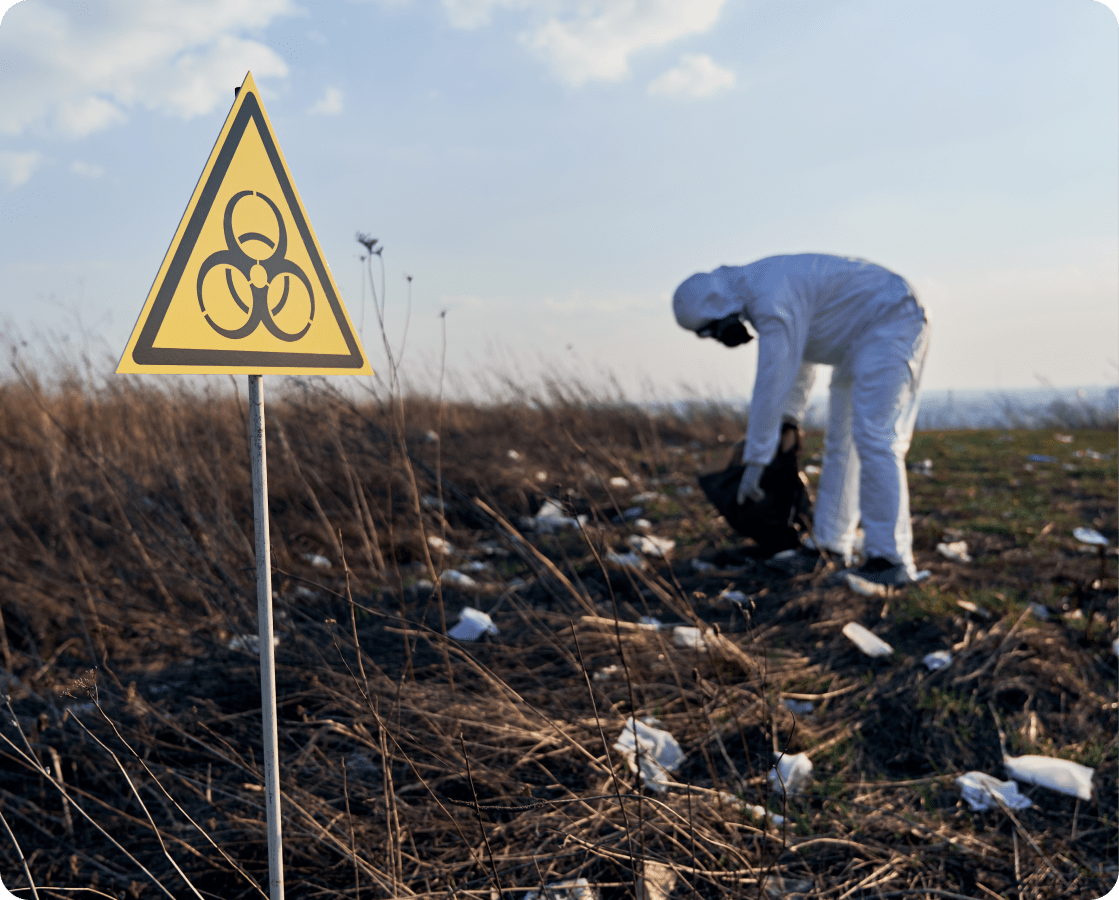Industrial & Manufacturing
PHA/HAZOP/HAZID
FRA offers comprehensive Process Safety Management (PSM) support, including facilitating process hazard analyses (PHA). We work with our clients to understand their needs and adapt the approach for a best-fit solution. Our engineers are experienced in accepted PHA methodologies, such as hazard identification (HAZID), hazard review and operability studies (HAZOP), What-If Analysis, Structured What-If Technique (SWIFT), Check List, Failure Mode and Effects Analysis (FMEA), “Bowtie” Analysis, Layers of Protection Analysis (LOPA), Fault Tree Analysis, and Event Tree Analysis. We help our clients to identify deviations, consequences, mission-critical controls, and existing safeguards and make recommendations for risk management.


Risk Assessment
Risk assessment involves the evaluation of the likelihood and impact associated with the realization of a hazard(s). When evaluated against risk tolerance, risk assessment provides a powerful tool for identifying priorities, developing optimized risk management strategies, and ensuring that acceptable risk is achieved.
FRA has a wealth of experience in risk assessment, including the application of qualitative, semi-quantitative, and quantitative methods. We work with our clients to understand their needs and develop an approach that achieves stakeholder goals and meets applicable regulatory requirements.
Dust Hazard Analysis
A Dust Hazard Analysis (DHA) is the first step in understanding the potential risk to your operations from processing and handling combustible dust. Through the DHA, we identify where credible fire, flash fire, and explosion hazards exist and establish appropriate measures to manage risk. Our DHAs are tailored to meet your specific needs. From checklist compliance audits to comprehensive engineering and risk-based analyses, we offer a solution that works best for your organization.


Hazardous Area Classification
Electrical equipment for use in, or around, atmospheres with flammable gases/vapors, combustible dusts, or ignitable fibers must be carefully selected to ensure it does not serve as an ignition source. FRA has extensive experience working with hazardous area classification requirements of the National Electrical Code (NEC), Canadian Electrical Code (CEC), and ATEX. We work with our clients to evaluate potential hazards, establish appropriate hazardous area classifications, determine necessary electrical installation requirements, and develop supporting engineering documentation. Our engineers can also conduct site inspections to evaluate existing installations and identify gaps and recommendations for remedial actions.
Fire and Explosion Protection Design
When a Dust Hazard Analysis determines that fire and explosion protection systems are necessary, there are many commercially available solutions. However, identifying appropriate and cost-effective protection technologies can be challenging. In addition, the codes and standards that govern the design and installation of such systems are complex, vary among jurisdictions, and can change with each new edition. FRA’s licensed engineers have extensive experience in the analysis and design of fire and explosion protection systems. Our approach offers an unbiased solution to manage hazards in a cost-effective, safe, and code-compliant manner. Beyond design, FRA offers bid assistance and construction administration that includes vendor design reviews, installation oversight, and commissioning and final acceptance testing.


Facility Siting Studies
FRA uses advanced techniques and methodologies for Facility Siting Studies (FSS) to identify suitable locations for new facilities based on potential risks to nearby residents, determine the optimal placement of process equipment and structures at new plant sites, and assess the potential hazards to occupants and processes of existing plant structures when installing new processes. FRA employs state-of-the-art tools and methods to provide practical solutions for minimizing risks. Facility Siting is a requirement under the Process Safety Management (PSM) Standard established by OSHA and involves using Recognized and Generally Accepted Good Engineering Practices (RAGAGEP), such as API RP 752, 753, and 756, to manage hazards associated with the location of permanent and portable buildings, as well as tents in process plants. Due to the complexity of Facility Siting Studies, they are often performed separately from PHAs and require specialized personnel.
